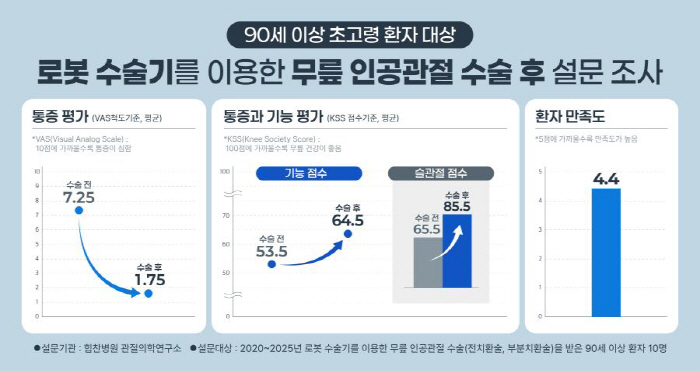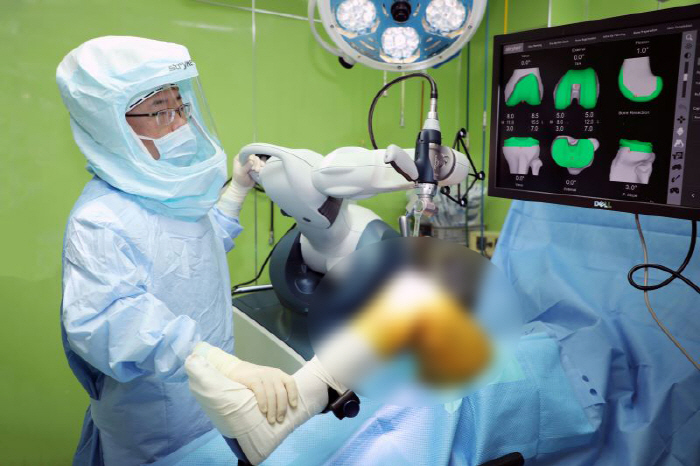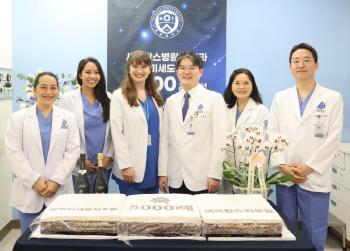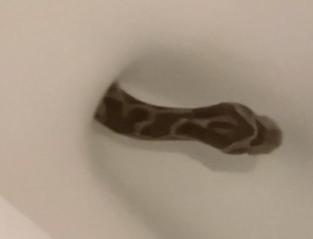Himchan Hospital has high satisfaction with artificial joint surgery for robots over 90 years old, pain reduction, and function improvement
Nov 06, 2025
|
The Institute of Arthology at Himchan Hospital conducted a telephone survey of 10 patients in their 90s or older who underwent knee artificial joint surgery (pre-replacement, partial replacement) using robotic surgery between 2020 and 2025 and analyzed pain, function, and satisfaction before and after surgery.
◇ Increased exercise after artificial joint surgery...Increased muscle mass and improved bone density
As a result of the survey, the VAS score, which represents the pain intensity (0-10 points) felt by the patient, decreased significantly from an average of 7.25 points before surgery to an average of 1.75 points after surgery. The closer the score is to 10, the more severe the pain is. The KSS Knee score, which evaluates pain and the range of motion that can bend and stretch the knee, improved from 65.5 points before surgery to 85.5 points after surgery, and the KSS Function score, which evaluates daily life performance, such as walking or walking up and down stairs, improved from 53.5 points before surgery to 64.5 points after surgery. In addition, patients' postoperative satisfaction averaged 4.4 points out of 5 points.
Nam Chang-hyun, medical director of Himchan Hospital, said "If pain and joint function improve after artificial joint surgery, the amount of exercise increases, thereby increasing muscle mass and improving bone density can have a positive effect."As artificial joint surgery can improve the quality of life in old age, active treatment is needed for healthy old age" he said.
With the entry of a super-aged society and an increase in life expectancy, artificial knee joint surgery for the elderly is expected to increase gradually. In fact, the Institute of Arthology at Himchan Hospital compared 2,300 patients (2,678) for one year from August 2006 to August 2007 and 1921 patients (2,805) for one year from April 2024 to April 2025 and found that the average age of surgical patients increased by more than 6 years from 65.3 to 71.5 years.
This change is interpreted as a result of active treatment trends according to the aging population and increased life expectancy, and the development of artificial joint surgery technologies such as robotic surgery machines. Therefore, it has become more important to reduce the surgical burden on elderly patients by minimizing side effects and complications of artificial joint surgery in the future.
◇ Robotic artificial joint surgery minimizes side effects and complications of elderly patients
In this respect, robotic artificial joint surgery is expected to significantly reduce the surgical burden by increasing safety and precision for super-aged patients. In particular, reducing the amount of bleeding is the key to minimize side effects or complications that are considered the most dangerous factor in surgery for elderly patients. According to a survey conducted by Himchan Hospital's Arthology Research Institute, the amount of bleeding decreased by about 30% due to robotic surgery, which is analyzed to have a positive effect on the surgery of elderly patients.
Lee Soo-chan, CEO of Himchan Hospital, said "Robot artificial joint surgery has become a major surgical technique to complement existing surgery by increasing the satisfaction of patients as well as doctors who conduct surgery."Based on our rich experience and proficiency in robotic surgery, we will strive to further increase the success rate of surgery for super-aged patients"
Meanwhile, Himchan Hospital performed 11,514 and 1,500 artificial joint surgeries for Mako Robot and Rosa Robot, respectively, which are leading the domestic artificial joint surgery robot market as of December 2024, marking the highest number of single hospitals in Korea. In particular, Korea Striker, the Korea branch of Makorobot, has officially confirmed that the number of Makorobot knee artificial joint surgeries at Himchan Hospital is the highest in the world for two consecutive years in 2023 and 2024.
|
This article was translated by Naver AI translator.















